
| [ Synthesis Nimis amplifier ] |
© Ernest Ruiz. 2003

This article comes from a visit I did to my friend Jaume Arderiu at the end of 2002. At Jaume's home I saw and listened to this little amplifier that comes from Synthesis, an italian company. This company builds many tube amplifiers with the tipycal style of all the italian products: maximun attention to details, very pleasant aesthetics. After seeing and listening to the amplifier I decided to contact Old Sound, the spanish importer for all the Synthesis products. From the beginning, Massimiliano Lapini, the Marketing Director at Old Sound accepted to do this audition. Thanks to Massimiliano for his great help.
The Nimis amplifier is the smallest in the Synthesis range. It is a push-pull design with a pair of JJ EL84 tubes and one Electro-Harmonix 12AX7 tube in the preamp section for each channel, that delivers 15 watts on 6 ohms also per channel. As you can see in the images, the amplifier is very well finished and so it has a very high WAF (Wife Acceptance Factor). The chassis is made with wood and all the construction details are very good. Its size is very compact with a dimensions of 32 cm x 24 cm x 13cm. It comes inside a huge wood box, with the power cord inside a cardboard box and the amplifier inside a nice red bag. As you can see all the details are very good. In addition to that you should know that you can buy this amplifier in different colours in the Naďf series.
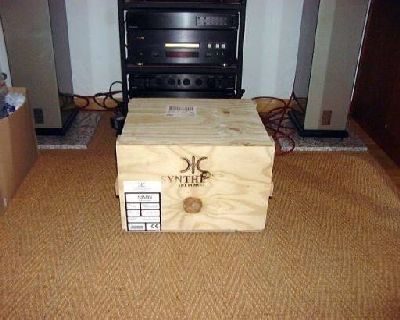
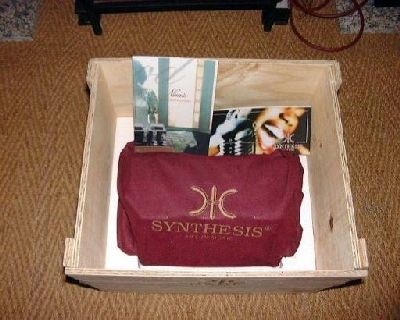
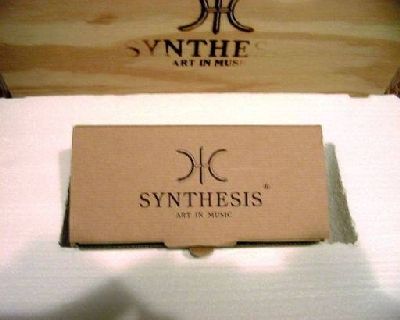
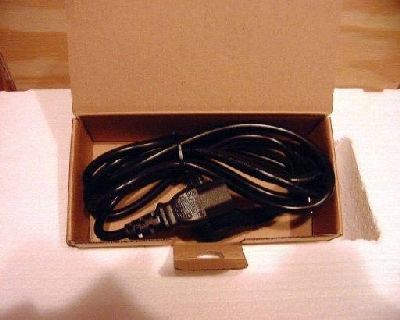
After unpacking the amplifier we can look at some build details of the unit. First, the amp uses dual volume and source selector potentiometers. This is because it is a dual mono design, that allows to listen to a given A source at a given level in one channel, while listenig to a B source in the other channel at a given volume. This makes unnecessary a balance pot but on the other hand it is necessary to check two volume controls to be sure that both are balanced and so is the stereo image. Also, we can see that the tubes are protected with a solid metal cage to avoid painful accidents from the hot tubes. In the front pannel, rigth in the middle, there's a green led that ligths when the amp is turned on. In the back pannel we can find big gold platted speaker connectors that allows to connect bananas or stripped cable and a group of gold platted RCA to connect the sources. Also in this back pannel we can find the power switch and the power plug. There are 3 line inputs plus a tape loop. It hasn't phono input nor can be installed inside as a option. All the lettering is written in white and it can be read perfectly, altougth the letters that show how to connect the sources are placed in such a way that can be confusing.

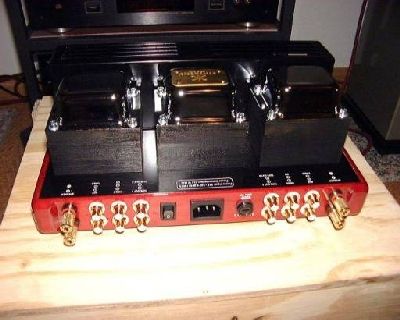
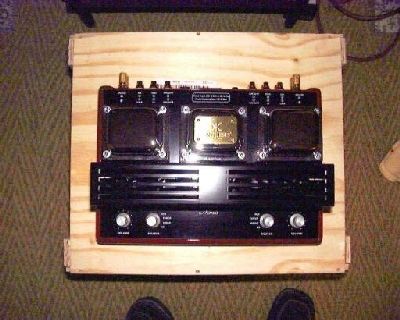
As you know one of the critical point of any tube amplifier are the output trasformers. In the Nimis, as with all other designs from Synthesis, these trannies are made in-house. The Nimis parent company FASE has a wide experince in building those transformers specially for well known guitar amplifiers as the VOX AC30. In the Nimis the output transformers are two little units at each side of the power transformer. During all the audition, after long periods of use these transformers haven't show any signals of stress in form of overheating or malfunction and that's means that they work with efficiently. The power transformer gets a little bit hotter but it is normal with this kind of transformers.
The last point to look at is the circuit layout itself. If we remove the botton plate of the amplifier we could access to the circuit. There is only one circuit board where all the components are soldered. In the picture you can see that the circuit board looks very neat. All the components are of good quality, specially the two Alps potentiometers. There's some free room available that will be useful for tweakers if they want to replace some of the factory components with high grade electronics, altougth this operation can be difficult because the amp uses the described board and it isn't build with point-to-point solderings.
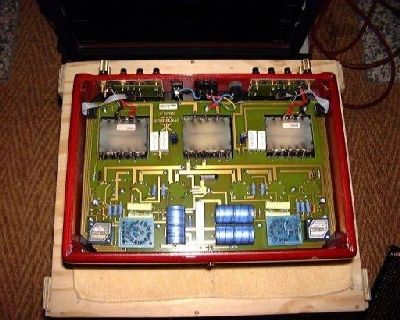

After describing physicaly the amplifier, let's see how it sounds. One of the key points to look at before buying or listenig to this amplifier is the output power that it delivers. As I said before the amp has 15 watts on 6 ohms. This is a typical power output for a design like this, a push-pull with a pair of EL84 per channel and it demands sensitive speakers with a sensitivity around 90-91dB/1w/1m more or less. In this audition I have used two pairs of speakers: a pair of Monitor Audio Studio 20 SEC with 88db of sensitivity on 8 ohms and a pair of KEF Q15 with 91 db on 6 ohms. The source has been a TEAC VRDS10SE CD (used as transport) and an Audiolab 8000DAX converter. Let's see what I have found.
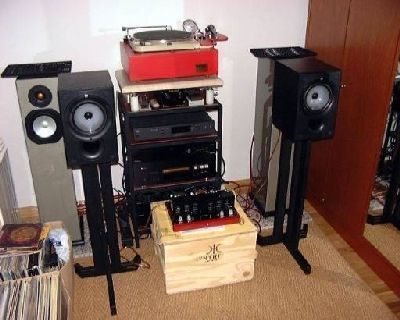
Even knowing that pairing the Nimis with the MA Studio 20 it wasn't the best possible combination I have been testing this combo for several days. The Nimis arrived to my house without the break-in period completed so I left the amp playing alone for 3 days. After this period of time I did the first audition with the MA. My first impression was that the amplifier lack some power and punch. The Nimis played well with mid frequencies such as vocals but with the lower and upper extremes of the range, that's it, low bass and high treble, the amp showed some lacks. The bass sounded uncontrolled and not very defined and I missed also that point of definiton with the highest treble frequencies. I expected to find some problems with this, so I decided to pair the amp with my KEF Q15 speakers that have more sensitivity. The results were better and that show us how important is to combine correctly amps and speakers. I listened to the combo several days and the sound improve but it still had some limitations. I think that this happened because the amplifier still was in the break-in period (the sound improved sligthly in the following days) but we have to know that this design delivers 15 watts and that is what we have to expect. After some more days using the combo Nimis+Q15 I switched again to the MA Studio 20 and the sound I could listened to was clearly better than the first time I use this combination. The amplifier sounded more "free". The bass was better, more defined. It was still noticiable the limited power of the amp specially when playing some complex music parts, the lack of punch I described before. I'm not talking about groundbreaking bass, but a clear and defined bass that could create a more real soundstage. The Nimis had the ability to soften everything too much, like all the tube amplifiers do, but in mi opinion and for my personal taste it was too much. I remember the sound I get from quite similar amplifiers, like the Scott 299 a classic with the same configuration of the Nimis, and what I listen from the Scott confirms what I'm saying about the Nimis.
I think that the Nimis is a quite good amplifier that delivers a given amount of power as a result of its design and that gives to the amplifier a character and a number of specific uses. After this audition I think that is better to consider this amp more suitable for small rooms and to work with sensitive speakers in order to ease its operation. At first sight I wouldn't consider it as an amplifier for a main hifi system or as the first step into the world of tube amplification. I think that it is more suitable as the heart of a second system. I'm not saying that the Nimis is a bad amplifier, that is not well built or designed. Absolutely not. What I'm trying to say is that the amp has to be evaluated in the right context. It is a good amplifier but it has to be used knowing its characteristics and how to use them. Maybe there can be audiophiles that decide to build its main hifi system around the Nimis, but they would have to be careful when selecting the equipment to combine with the Nimis specially the loudspeakers.
With the Nimis we get exactly what the manufacturer says. We have to undersantd what's that and how we have to deal with the amp. If you're looking for more power, in the solid state style, maybe it could be better if you try to listen to something else, for example some of the other tube amps also available from Synthesis. But if you need an amp for a second system, to be used in small rooms, with sensitive speakers, with a real lovely design and a high WAF, the Nimis is the kind of amp to think about. Also if you like amps with these power and with tubes like the excellent EL84 the Nimis is your choice.